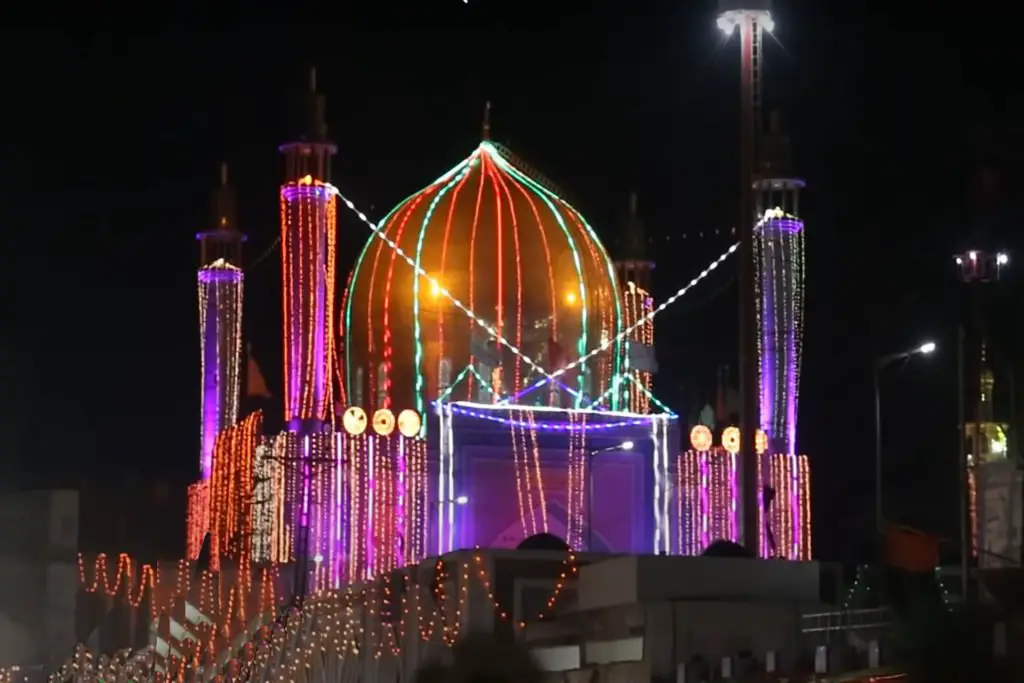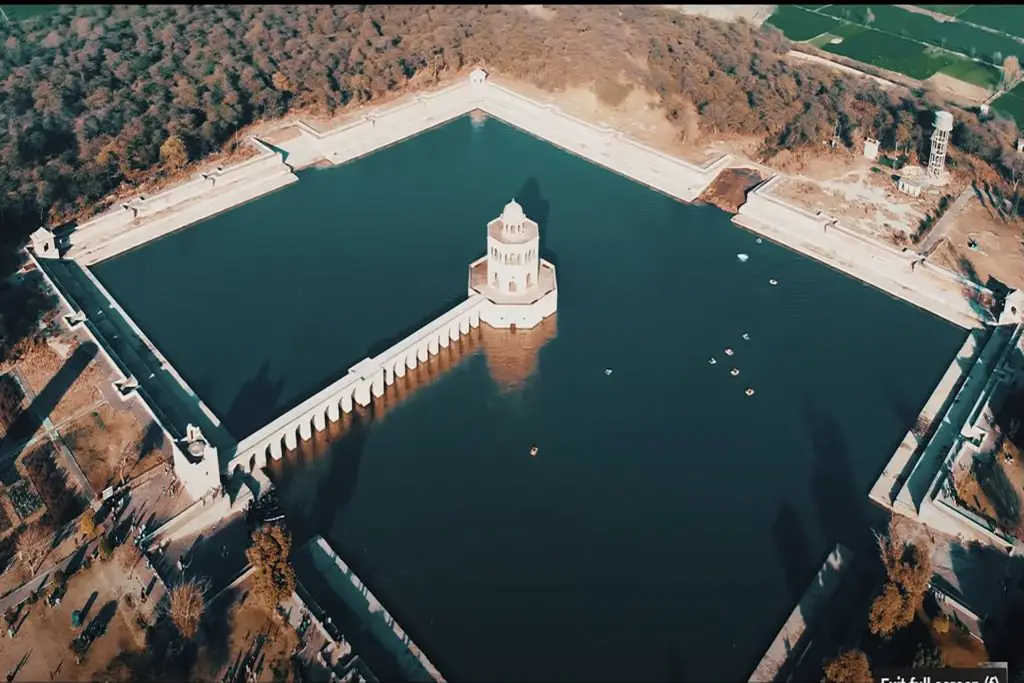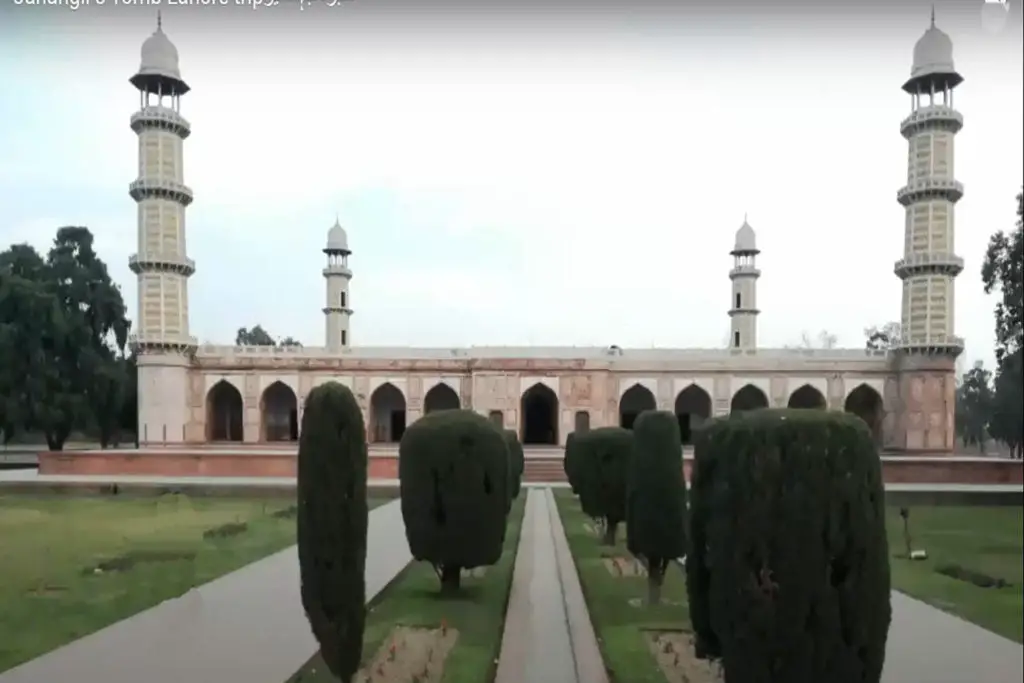Hazrat Syed Usman Marwandi, popularly known as Lal Shahbaz Qalandar of Sehwan Sharif was a Sufi saint and poet from present-day Pakistan.
Lal Shahbaz Qalandar of Sehwan Sharif was born in Marwand, Sistan to a family from Baghdad. He eventually settled in Sindh and helped many people convert to Islam and was revered by the local Sindhi population. Reportedly, Lal Shahbaz Qalandar was also credited with performing many miracles and was considered a very holy figure in Sindh.
Sehwan Sharif Sindh History
Sehwan also commonly referred to as Sehwan Sharif (or Noble Sehwan) is a historic city located in Jamshoro District of Sindh Province, Pakistan, and on the west bank of the Indus 80 miles north (130 mi) -west of Hyderabad.
The city is famous for being home to one of Pakistan’s most important Sufi shrines, the Lal Shahbaz Qalandar Shrine. The town also has the status of taluka under Jamshoro district. Earlier it was the Dadu district, however, after the formation of Jamshoro district, Sehwan was merged with Jamshoro district.
Due to the popularity of his Sufi shrine, the terms “Sehwan” and “Qalandar” are often used interchangeably in Pakistan. Sehwan is one of the most important spiritual centers of Pakistan, along with other shrines such as the Abdullah Shah Ghazi Shrine in Karachi, the Data Durbar complex in Lahore, the Bari Imam at Noorpur Shehan near Islamabad, and the glittering tombs of the Suhrawardi Sufis in Multan.
History of Sehwan Sharif Location
Sehwan is probably the oldest place in Sindh. Some historians say that this city is as old as the time of Prophet Shees (A.S.), son of Adam. Hence it was named Sheestan, Sewistan, and Sehwan.
According to Syed Muhibullah, author of “A Brief History of Sind”, Sehwan was the great-grandson of Ham (son of Noah). But there are also various other opinions about Sehwana nomenclature. William Dalrymple says the name is derived from Shivistan after Lord Shiva.
This place in Sind saw the amalgamation of Hinduism and Islam. Notable historian Molai Sheedai writes in his book “Tarikh e Tamadan e Sind” that Sehwan was built by Sewi Aryas and hence was called Sewistan. Another view is that his name was Sindomana, a name well-mentioned in Greek literature.
Sindhu-man is a Sanskrit word meaning “owner (capital or Raja) of Sindhu, with which Sindhu-van is synonymous, which may have been softened colloquially to modern Seh-wan. Sindoman was the capital of King Sambos, who was defeated by Alexander in 326 BC. In the middle of the city is a large tell called the Kafir Qila (Castle of the Pagans).
Sehwan was conquered by Muhammad bin Qasim in 711 from King Dahir’s son, and three centuries later by Mahmud of Ghazni in 1026. In all the subsequent dynastic struggles of Sindh, Sehwan continued to feature prominently. It was successively held by the Sumrahs, Sumas, Arghuns, and Tarkhans.
It was the capital of the Thatta Kingdom when the Mughal Emperor Humayun unsuccessfully attempted to capture it on his way to Umarkot in 1542, but it eventually fell to his son Akbar in the 1690s. After the Mughals, the Kalhors and Talpurs ruled it.
The city is famous for its Sufi patron Lal Shahbaz Qalandar, who lived there in the 13th century.
Darbar of Hazrat Lal Shahbaz Qalandar of Sehwan Sharif
The shrine of Lal Shahbaz Qalandar attracts hundreds of thousands of visitors every year. The shrine of Murshid Nadir Ali Shah, a notable spiritual descendant of Lal Shahbaz Qalandar, is also located in Sehwan, where free meals (locally called as Langar) are served 24 hours a day to a large number of people.
Another well-known site is the upside-down city. Manchar Lake is the largest freshwater lake in Pakistan, which is a short distance from Sehwan Sharif.
Names of Hazrat Lal Shahbaz
He is called Lal (“ruby-colored”) because of the ruby glow on his face/forehead, “Shahbaz” to denote a noble and divine spirit, and “Qalandar” because he was a wandering spiritual person.
Lal Shahbaz Qalandar is sometimes called Jhulelal (The term Jhulelal means “red bridegroom”).
According to the Garland Encyclopedia, Lal Shahbaz Qalandar was referred to as Jhulelal (the red groom) because he was promised his friend’s daughter in marriage, but the friend died and later his friend’s son refused to allow the arranged marriage, causing Lal Shahbaz Qalandar grief.
The 19th-century Sufi spiritual Manqabat Dama Dam Mast Qalandar is dedicated to Lal Shahbaz Qalandar and is widely popular in the subcontinent.
Life of Lal Shahbaz Qalandar
Lal Shahbaz Qalandar, son of Syed Kabeeruddin, was born in Marwand to parents from Baghdad, Iraq. He later settled in Sehwan, Sindh under Ghaznavid and Ghurid rule (present-day Punjab, Pakistan).
A contemporary of Rumi, he traveled throughout the Muslim world and settled in Sehwan, Sindh, where he was eventually buried. There is evidence of his presence in Sindh in 1196 when he met Pir Haji Ismail Panhwar of Paat and is believed to have arrived in Sehwan around 1251.
Here he established a congregation (Khanqah), taught Islam to Fuqhai Madarrsah, and wrote his treatise Mizan- us-Surf, Kism-e-Doyum, Aqd and Zubdah. Lal Shahbaz Qalandae was a celibate.
In Multan, he met Baha-ud-din Zakariya of the Suhrawardiyya order, Baba Fariduddin Ganjshakar of the Chishtiyya, and Syed Jalaluddin Bukhari. The friendship of these four became legendary.
They were known as Chahar Yar (“four friends” in Persian). According to some historians, the four friends visited different parts of Sindh and Punjab (in present-day Pakistan).
This was also the period when Ghiyas ud din Balban (Reigned: 1266–1287) ruled India.
Shirne of Lal Shahbaz Qalandar of Sehwan Sharif
The shrine of Lal Shahbaz Qalandar of Sehwan Sharif was built by Feroz Shah Tughlaq in 1356, expanded by Mirza Jani Beg and his son Mirza Ghazi Beg of the Tarkhan dynasty, but was not completed until 1639 when Nawab Dindar Khan paved the courtyard. with glazed tiles.
The silver work on the gate, the balustrade around the tomb, and the top of the dome were donated by Mir Karam Ali Talpur of the Talpur dynasty. Later, the shrine was decorated with Sindhi “Kashi-tiles”, a mirror, and a gilded door was installed by the late Prime Minister of Pakistan, Zulfikar Ali Bhutto.
On the other side, next to a bundle of incense, are rows of oil lamps lit by devotees. Thousands of devotees visit the tomb, especially every Thursday.
The shrine is considered the main shrine for Malangas and Qalandars – followers of a distinct Sufi order inspired by the teachings of Lal Shahbaz Qalandar.
Mela / Urs (Annual fair) of Lal Shahbaz Sehwan Sharif
The annual Urs (death anniversary) of Lal Shahbaz, held on the 18th of Sha’aban – the eighth month of the Muslim lunar calendar, brings more than two million pilgrims from all over Pakistan, parts of India, and Bangladesh. It is essentially a South Asian affair.








